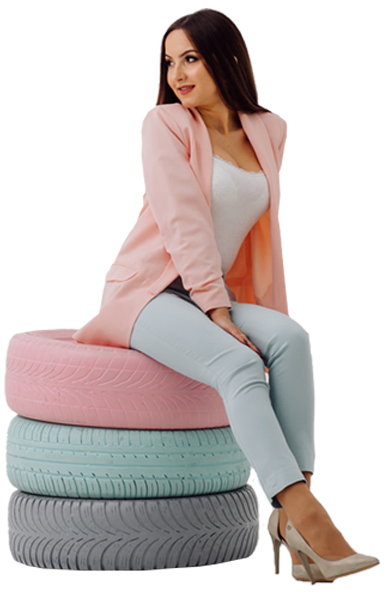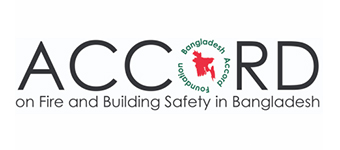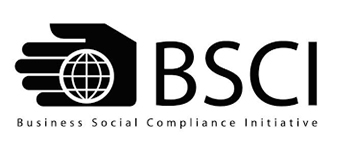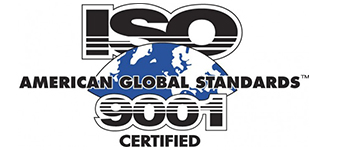The very name of our company as recognized in BANGLADESH
About Jeju Fashion
Jeju Fashion is specialized in large variety of light (circular) Knit and Woven pants. We supply dresses for Men, women, boys, and girls and above all for kids of any style –for all the seasons. Our product ranges from T-shirts, Polo, Sweatshirts, Hoody, Tops, shirts, shorts, pants and many more casual and fashionable items according to the choice of the buyers.
Making Sense of Fashion
UNITS PRODUCED
ORDERS #
PROPOSAL DESIGNED
SATISFIED CLIENTS
Garments Production Steps
Design and Creation
This stage in garment production refers to producing new fabric designs and clothing styles. Additionally, it entails refining existing clothes. The objective of this activity is to create goods that are both fashionable and functional.
Making Patterns
A pattern must be developed once the design part is complete. This is accomplished by transferring the design to paper or fabric. After this, you cut out the component sections that comprise the outfit.
Grading
The process of pattern creation is soon followed by grading. After the pattern is cut, the garment goes through a procedure known as grading. Grading is the process of producing different sizes of a garment from a basic size.
Making & Farbic Cuts
The marking and cutting processes are two of the most critical procedures in the garment manufacturing process. The practice of drawing marks on a cloth to indicate where to cut the fabric is known as marking. Cutting is the process of cutting the fabric along the lines or markings. There are several methods for marking fabric for cutting.
Sewing
Once the marking and cuts are done, the fabric proceeds to the sewing stage. In this step, the separate elements of the garment are sewn or joined together. A sewing machine laced with needles and the right thread combination is used for sewing.
Finishing
This is the final step and involves embellishments. The stage ensures the garment comes out looking up to the mark. The finest details are checked and added to the garment at this stage. Some final steps are - Washing, Bleaching, Dyeing, Printing, Coating.




